- Learning time
- 30 minutes
- First play time
- 60 minutes
La Isla
Designed by: Stefan Feld
In La Isla, two to four players are exploring the titular island, searching for animals previously – and in real life, actually – extinct. The Sardinian Pika, the Owl Moth, the Dodo and so on. Capturing – presumably with benign intentions – these animals scores you points, but each animal will score again at the end of the game, and how much depends on the players…
The island is made up of a random composition of tiles, and each play goes through a sequence of rounds. In each round, players simultaneously draw three cards and decide how to assign them, choosing between actions A, B and D on their individual cardholders (we’ll come to C shortly). The card in action A gets moved up into the top of your cardholder: it gives you come kind of rule-bending ongoing benefit for the rest of the game – or until you cover it with another card: the cardholder only has room for three active cards, so if it’s full you have to decide which one to lose – and these benefits are shown on the top of the card .
The card in action B is discarded, giving you a resource shown on the bottom left.
Then action C is the game’s main dish, really: here, you spend two matching resources to place one of your explorers onto a matching coloured region on the island. You start with five such explorers, so once they’re all on the island placing one means simply moving it from one spot to another. The goal of the explorers is to surround the animal tiles on the board: when your explorers complete this mini-objective, you take the animal tile and score points for it. If you can’t (or don’t want to) place an explorer, you can take a resource cube of your choice instead.
Action D’s card is also discarded: here, you look at the animal pictured on the bottom right of the card and move the matching marker up a column on a separate board that tracks both current player scores, and how much each animal token will be worth at the end of the game: they all start at zero, but could potentially be worth as much as five per token when the game-end gets triggered – and that happens when the collective value of all animals hits a certain point (how much depends on the number of players). At that time, all players score their tokens (with a big bonus for having tokens of all five animal types!) and the player with the most points wins.
The guru's verdict
-
Take That!
Take That!
There's no theft, no fighting, no arbitrary nastiness at all. But players are competing over a limited supply of animal tiles, and so you may be beaten to the punch and have to rejig plans accordingly...
-
Fidget Factor!
Fidget Factor!
Actions A B and D all take place simultaneously. Only Action C happens in turn order.
-
Brain Burn!
Brain Burn!
It's one of those games that seems and looks far more complex than it actually is. The task is really about maximising the power of your three A action cards to make sure you're as active as possible on the board, and not missing out turns as others progress.
-
Again Again!
Again Again!
Variable set-up of tiles and tokens, randomised cards, and even a second 'expert' deck to mix in once you're familiar with the basic cards.

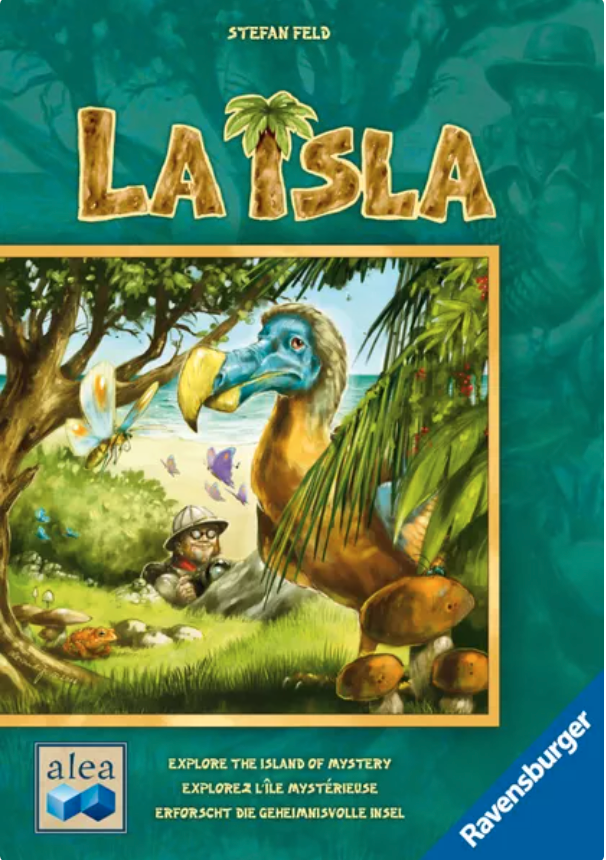
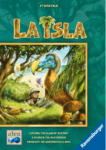
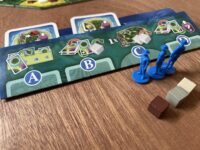
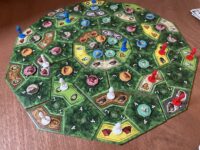
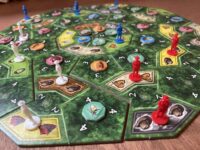
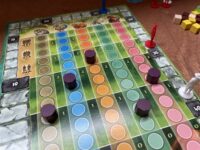
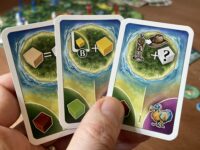


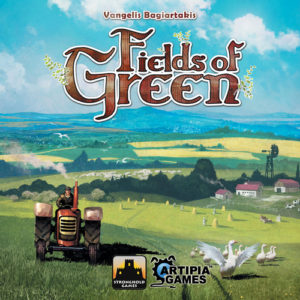
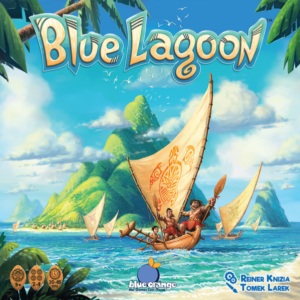
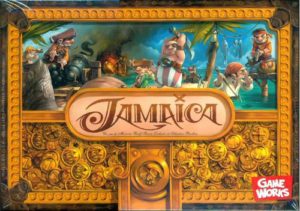
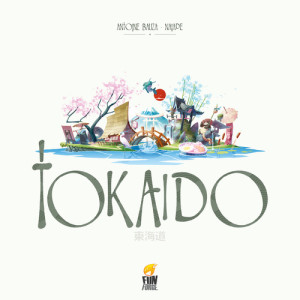
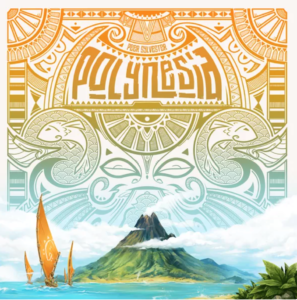
Sam says
Probably Stefan Feld's lightest, most accessible game, it still bears the hallmarks of a designer who likes puzzles, interlinking, overlapping and bonus-triggering moments. With the island's symmetry and evenly-spaced animals, it feels closer to geometry than geography, but what la Isla does really well is balance the tactical sense of turn-by-turn opportunity with the more strategic idea of end-game rewards by collecting specific animals, and making sure they're worth the most points at the end of the game - this can see enormous swings toward a particular player, but will it be enough if the others have built commanding leads by a lot of micro-scoring during the game? It's not the game to end of all games, but it's fun, and eminently re-playable for a game of its' kind.